If you’re the type of person who can think on your feet and react quickly to a trend, you might want to consider the potential of adding memes to your marketing strategy. Unlike other types of social media marketing, using memes is often a factor of chance, when you catch the wave of a trending meme that happens to fit your business and ride it to viral success. Social media is the ideal forum for memes, because of the rapid way they spread.
What is a meme?
The word “meme” was introduced by evolutionary biologist Richard Dawkins to describe an idea or cultural trend that seems to pop up out of nowhere and begins to quickly expand outward through the populace. He meant it to apply to genetic traits, but the social networking culture now applies it to popular items that appear on social media or the Internet and spreads globally.
In simplest terms, an Internet or social media meme is an attention-grabbing snippet of information that causes people to want to pass it along to their friends. It can be visual or text-based, and is most often funny, but can also be entertaining, or even sad. By its nature, it appeals to a large number of people, and the best ones go viral. Because memes tend to be found primarily on social media, they are generally of more interest to a younger demographic. Memes capitalize on trends and can be considered outdated in a matter of weeks, even days, though some last much longer.
Some of the earliest viral memes were the “dancing ooga-chaka baby” and the “I can has cheezburger cat.” More recent successful memes employ trending memes, image macros, and four-pane comics called “exploitables.” For marketing purposes, Denny’s seems to be the king of this particular hill, knowing not only how to create effective memes, but also how to capitalize on them when they (occasionally) bomb.
Almost anything can be turned into a meme. As of this writing, some of the trending memes on KnowYourMeme include a bizarre giant olive oil ad, the president’s Big Mac reception at the White House, and Twitter’s “everyone gets to choke Sasuke” from Naruto.
How to use memes well
Creating good memes is similar to being a good comedian. You need a quirky sense of humor, a keen sense of timing, and an awareness of the cultural zeitgeist.
If you don’t understand memes, it’s best to avoid them. A bad meme can have a devastating effect on your brand, causing you to not only seem out of touch with your desired audience but causing you to become a laughingstock. Often people take examples of bad memes and turn them against the person or company that produced them—just the opposite of what you’re hoping for.
In addition, don’t try to use memes if your audience comprises an older demographic or if the type of service or product you sell has a serious bent. Funeral homes and oncologists, for example, would be well advised to avoid using memes to advertise their services. Used correctly, though, they can create buzz around your product or service and garner a huge amount of exposure for your business.
- When you notice something trending, move fast, because memes can become stale in a matter of days. Don’t spend so much time creating or capitalizing on a current meme that you miss its popularity. Check your own social media feeds to see what your followers are talking about. Also, check in with KnowYourMeme and Meme Generator to see what’s trending. Example: One famous meme success occurred during the 2013 Super Bowl when a power blackout caused a 34-minute delay of the game. Within minutes the genius marketing team at Oreo tweeted out a photo with a picture of an Oreo cookie with the caption: “Power out? No problem. You can still dunk in the dark.” The ad immediately went viral with tens of thousands of retweets and Facebook likes, and was subsequently posted on Tumblr with the caption, “Oreo won the Super Bowl blackout.”
- Use them sparingly. Unless you want to build your entire advertising campaign around memes, you’ll want to sprinkle them lightly across your social media platforms. Too many memes will tend to run together in the minds of your audience and may even become boring, rather than standing out in the way you’re hoping.
- Avoid polarizing topics. Race, religion, politics . . . anything that is likely to anger or offend some portion of your intended audience will backfire.
Used well, memes can engage your audience, and gain attention for your brand. If you want to try using memes to enhance your brand, the social media marketing experts at 101 Management, Inc., can help you understand how to fold them into your marketing campaign and use them to your best advantage.

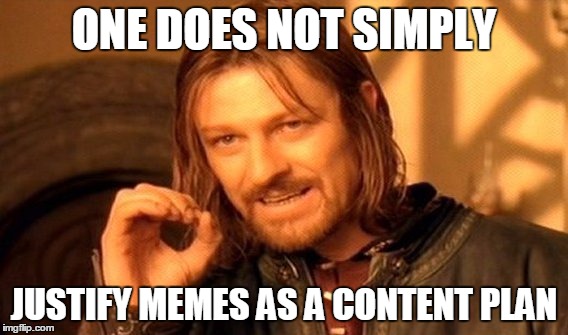
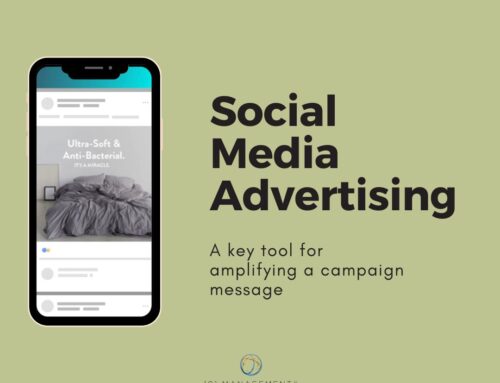
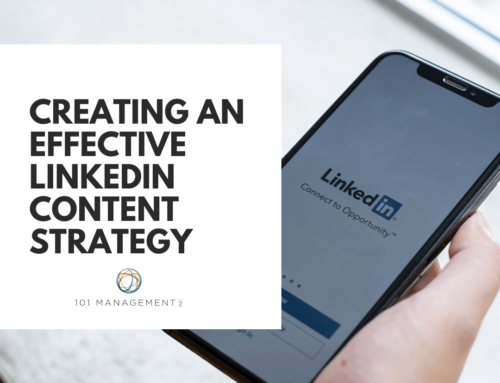
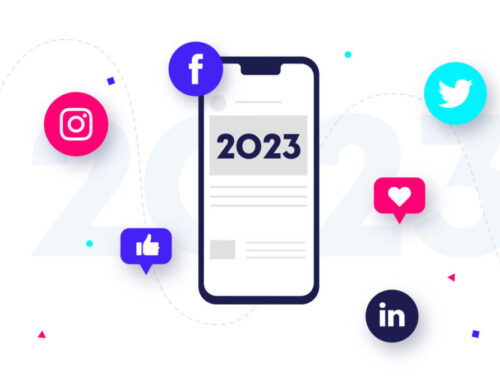

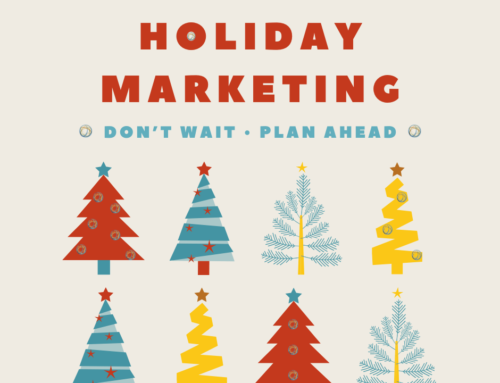

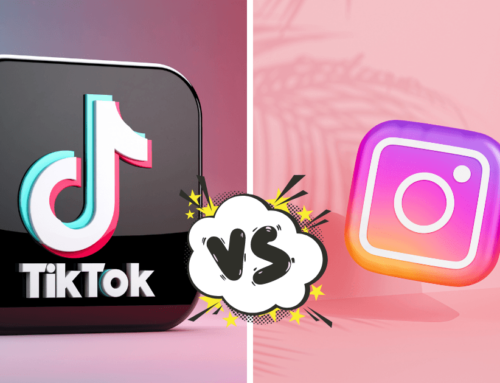

Leave A Comment